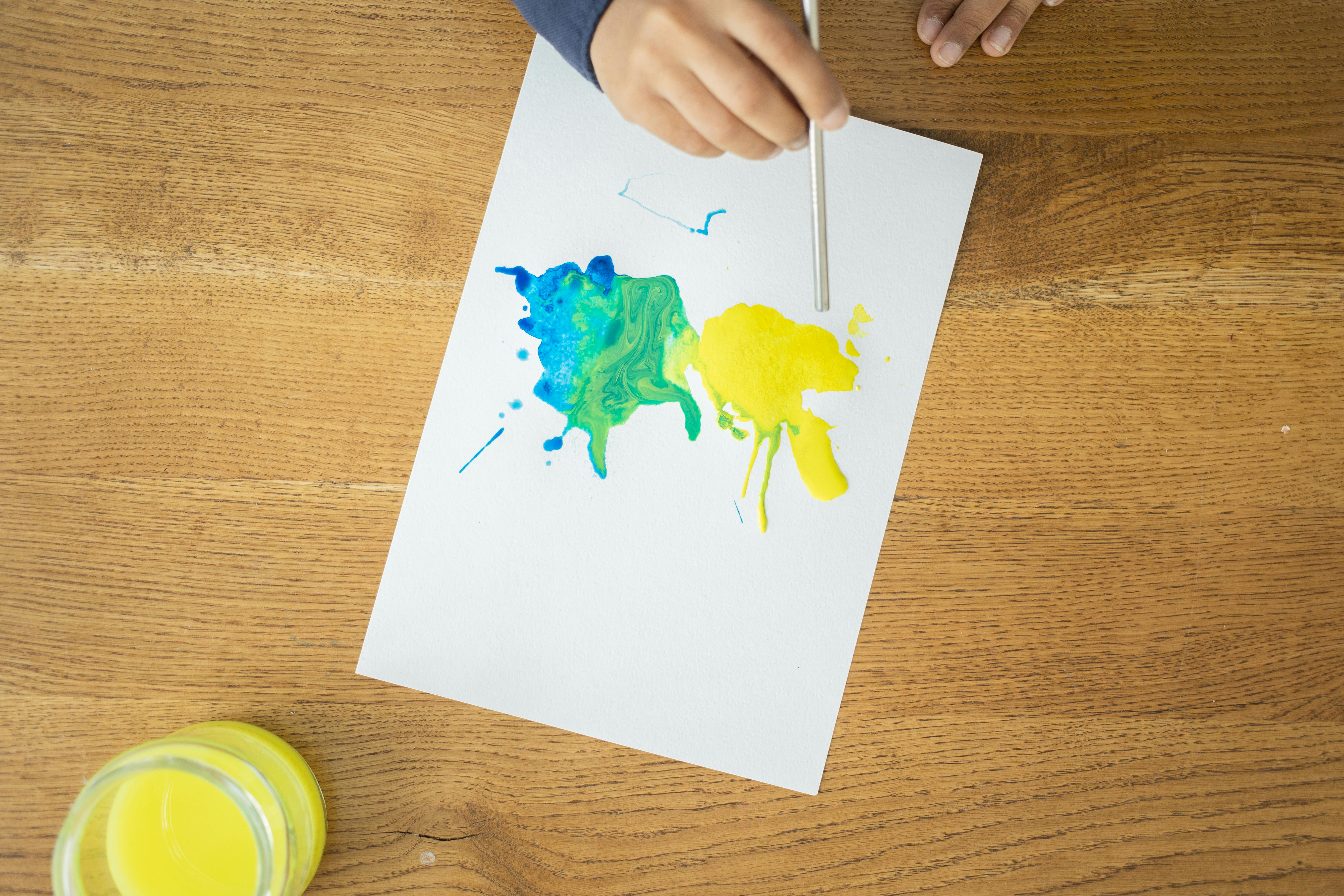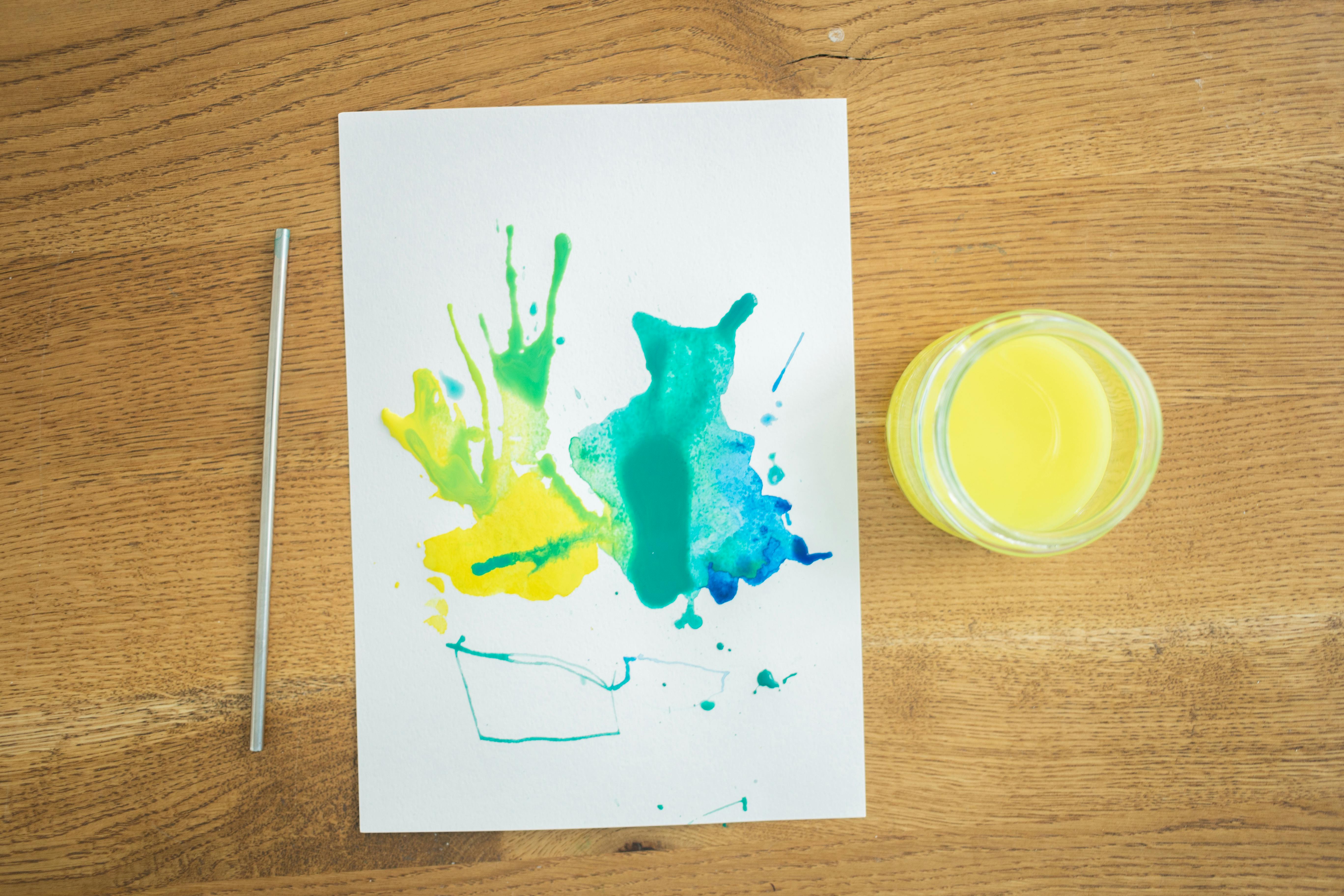Creating distilled water from tap water is an easy process that can be done with the help of everyday household items. Distilled water is important for many uses, including drinking, cooking, or medical purposes. It is also useful for cleaning and other tasks that require pure, uncontaminated water. By following these simple steps, you can easily make distilled water at home from tap water.Distilled water is water that has been boiled and then condensed back into liquid form. It is free of minerals and contaminants, making it the purest form of water available. Distilled water is commonly used in medical and scientific settings, as well as for drinking water in homes.
Tap Water vs. Distilled Water
Tap water and distilled water are two of the most common types of water available for consumption. Tap water is generally sourced from a public water supply system and may contain trace amounts of minerals, chemicals, and other substances. On the other hand, distilled water is created through a process of purifying existing water by boiling it and condensing the steam back into liquid form. Both types of water have their own unique benefits and drawbacks, so it is important to understand them before making a decision about which one to use.
One major advantage of tap water is that it contains small amounts of beneficial minerals such as calcium, magnesium, and iron. These minerals provide important health benefits and can help with hydration. Additionally, since tap water comes from a public source, it tends to be regulated for safety purposes more stringently than other sources such as private wells or bottled waters.
Distilled water, on the other hand, has some distinct advantages over tap water. Because it has been boiled during the distillation process, it does not contain potentially harmful contaminants such as bacteria or viruses that could be present in untreated surface or groundwater sources. Additionally, many
How to Obtain Distilled Water
Distilled water is a type of purified water that has had impurities and minerals removed through distillation. This process involves boiling the water and collecting the resulting steam, which is then cooled and condensed into a liquid form. Distilled water is often used for drinking, cooking, and medical applications where pure water is essential. Fortunately, obtaining distilled water is relatively simple and can be done at home with some basic materials.
The first step to obtaining distilled water is to obtain a heat source such as an electric stove or hot plate. This will be used to boil the water that will be converted into steam. Once the heat source is ready, fill a pot with tap or filtered water and place it on top of the heat source. Make sure that the pot does not have any holes in its bottom as this will cause the steam to escape before it can be collected.
Next, place a condenser over the top of the pot so that it can capture the steam as it rises from the boiling liquid below. The condenser needs to be able to withstand high temperatures and should have an opening at its bottom so
Boiling Tap Water
Boiling tap water is the most common and simplest way to make water safe for drinking. It is a great way to remove any bacteria, viruses, or other contaminants that may be present in the water. Boiling will also make the water taste better. The process itself is simple and straightforward: bring the tap water to a rolling boil for at least one minute and then let it cool before drinking. This method of purifying drinking water has been used for centuries, and it is still a reliable choice today.
When boiling tap water, it is important to cover the pot or container while boiling, as this will help remove any impurities that may be present in the air. Additionally, be sure to use a pot or container that has not been previously used for anything else like soap or chemicals. Boiling tap water will not remove any chemical contaminants that may be present, so it is important to check with your local authorities if you are uncertain about what chemicals are in your area’s tap water supply.
Once the boiling process is complete, let the boiled water cool before drinking or using it for cooking. Cooling off boiled tap water
Condensation
Condensation is the process of a gas changing into a liquid. It occurs when particles in the air, such as water vapor, come into contact with a cold surface. When this happens, the air cools and some of its water vapor condenses onto the cold surface. This is why you often see condensation on glass windows or metal surfaces on a cold day. Condensation can also be caused by warm air coming into contact with a cold surface, such as when warm air from your shower meets the cold tiles in the bathroom. In both cases, the water vapor in the air turns into a liquid and forms droplets on the cold surfaces.

Using a Still or Water Distiller
Using a still or water distiller is an effective way to produce clean, pure water. It works by boiling the water and collecting the steam that rises from it. The steam is then cooled and condensed back into liquid form, resulting in pure drinking water. This method of purifying water eliminates contaminants such as bacteria, chlorine, and other chemical compounds. It also removes minerals, which can give the water an unpleasant taste. Distilled water has a slightly lower pH level than regular tap water, making it more acidic. This acidity might not be suitable for some people with sensitive stomachs.
The process of using a still or distiller can be time consuming and requires you to monitor the equipment carefully. You will need to monitor the temperature of the boiling water and make sure that all of the steam is collected correctly in order for the process to work properly. It is also important to remember that distilled water does not contain any minerals or other nutrients that are found in tap water, so you may need to supplement your diet with vitamins and minerals if you are drinking only distilled water.
Gathering Materials
Building a homemade still requires several materials, such as copper tubing, a large pot or container, and some form of heat source. It is important to make sure all materials used are clean and food-safe. As most stills are used to make alcohol, it is important to check local laws before using the still.
Creating the Still
Once all of the materials have been gathered, the next step is to create the still by attaching the copper tubing to the pot or container. Depending on what type of container is being used, it might be necessary to drill holes in order for the tubing to fit. Once the copper tubing is attached securely, it is important to cover any sharp edges with tape in order to prevent injuries.
Adding Water
Once the still has been constructed, it should be filled with water and heated. The water should not reach boiling point but should be heated until steam starts coming out of the copper tubing. This steam will contain alcohol vapors which will then condense once they reach the other end of the
Distilling Tap Water
Distilling tap water is a process which involves boiling and condensing the water to remove impurities. It is one of the most effective methods for purifying drinking water, as it removes many contaminants that other methods may not be able to. There are several different ways to distill tap water, including boiling, steam distillation, and reverse osmosis.
Boiling
Boiling is the simplest method of distilling tap water. To do this, you simply bring the water to a boil and allow it to cool before drinking. The heat from the boiling will cause impurities such as bacteria and minerals to be left behind in the pot, leaving pure distilled water behind in the container. Boiling is a relatively quick and easy way to purify tap water for drinking purposes, but it may not be able to remove some of the more stubborn contaminants such as heavy metals or chemicals.
Steam Distillation
Steam distillation is another method of distilling tap water. In this process, steam is created by boiling the water and then channeled into a separate container where

Conclusion
Distilling water is an effective way to purify tap water and make it drinkable. The process of distilling involves boiling the water, capturing the steam, and cooling it down to create distilled water. By using a distillation device such as a still or a home distiller, you can quickly and easily purify your tap water.
Although distillation has been around for centuries, it remains one of the most efficient ways to purify and remove impurities from your drinking water. It is also more cost-effective than other methods of purifying tap water. Through regular distillation, you can ensure that you always have clean drinking water available when you need it.
In summary, creating distilled water from tap water is an easy process if you have the right tools and equipment. With regular distillation, you can enjoy clean and pure drinking water on demand and at a fraction of the cost of buying bottled spring or mineral water.

